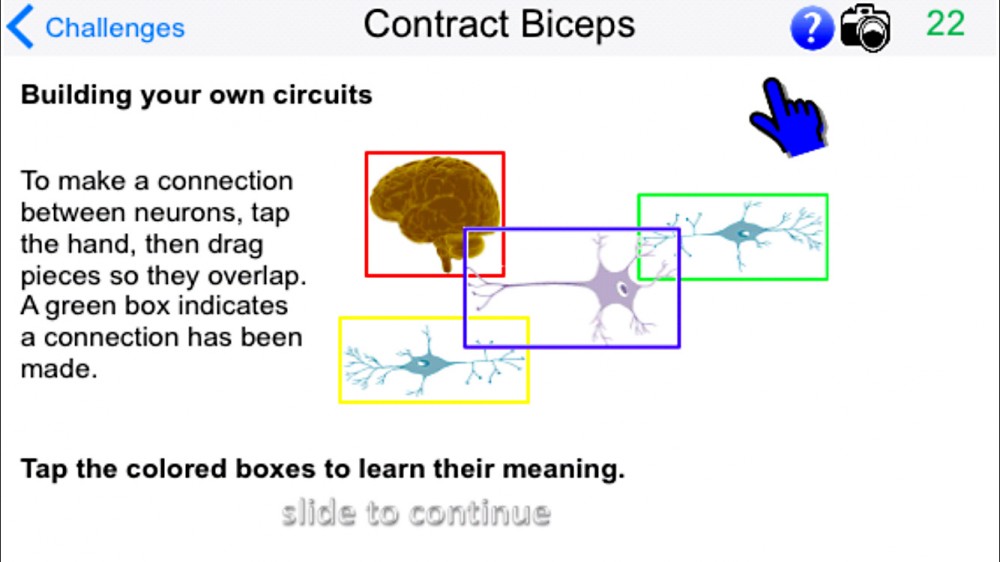Budding biology students could soon get help from a new app designed to help explain difficult biological concepts.
In order to help create an app for tablets to entertain and educate high school biology students while explaining difficult lessons, the National Science Foundation awarded
Andamio Games a $150,000 grant on Dec. 3.
Andamio Games, a startup based in Minneapolis, was started by employees of Adventium Labs.
Martin Michalowski, technology lead at Andamio Games who graduated from the University of Minnesota in 2001 with a computer engineering degree, has worked with Adventium Labs since 2008.
Six months ago, after his success with iNeuron — a mobile app that helps students learn confusing concepts about the brain — Michalowski and other Andamio employees applied for the grant from the National Science Foundation, he said.
The iNeuron app was developed after a $1 million grant from the National Institutes of Health and has been downloaded more than 50,000 times, Michalowski said.
“[The new app is] using some of the tech that we developed for iNeuron and applying it to a different domain for biology,” Michalowski said.
Sehoya Cotner, professor in the College of Biological Sciences, helped write the grant proposal by highlighting what biological concepts are difficult for students to grasp.
“In cell biology and cell metabolism, there’s a lot of problems with teaching the topic,” she said. “There’s a lot of misconceptions.”
The concepts with misconceptions include photosynthesis and cell metabolism, Cotner said.
Andamio Games’ focus is on the metabolic activities of the cell, she said, which is the way cells absorb content, like raw materials, and turn it into energy.
The app also covers the connection between photosynthesis and cell respiration, Cotner said.
“Those circuits or those pathways are confusing,” Cotner said. “And it seems like a perfect opportunity for games because think [about] how many games involve pathways.”
Michalowski said he believes the biology app will have similar success to iNeuron because of its format and its appeal to tech-savvy users.
“If you put a device in front of high school kids, they’re going to be interested in it,” Michaloski said. “If you can use it in such a way where they’re engaged but also learning and learning better, that goes a long way.”
Daryl Boeckers, professor of curriculum and instruction in the College of Education and Human Development, specializes in technology in K-12 classrooms. He said apps can help students at varying levels of learning, whether students are struggling to learn a concept or need a more challenging curriculum.
“One thing we really work hard on … is to kind of encourage teachers to meet students where they’re at,” Boeckers said.


